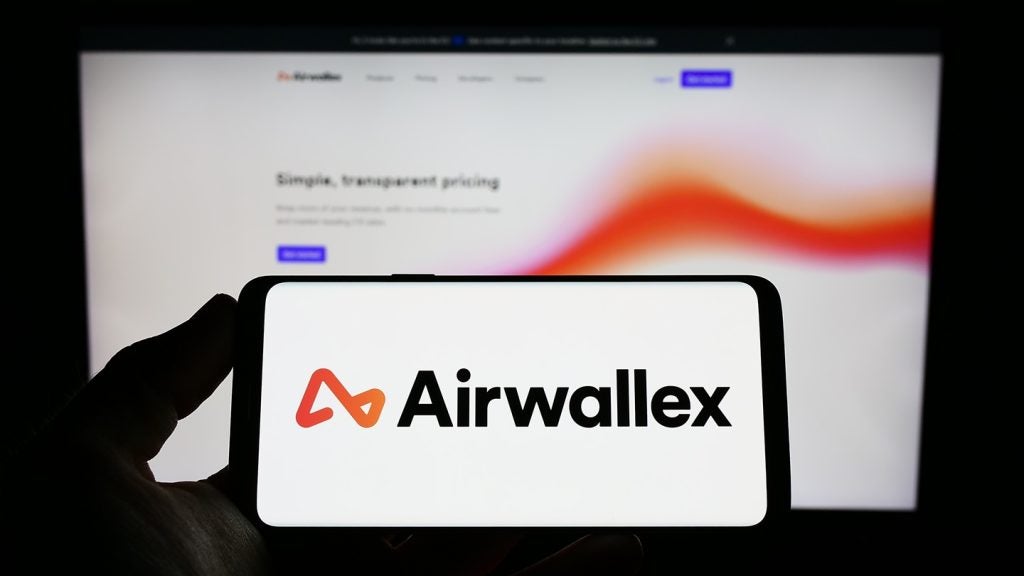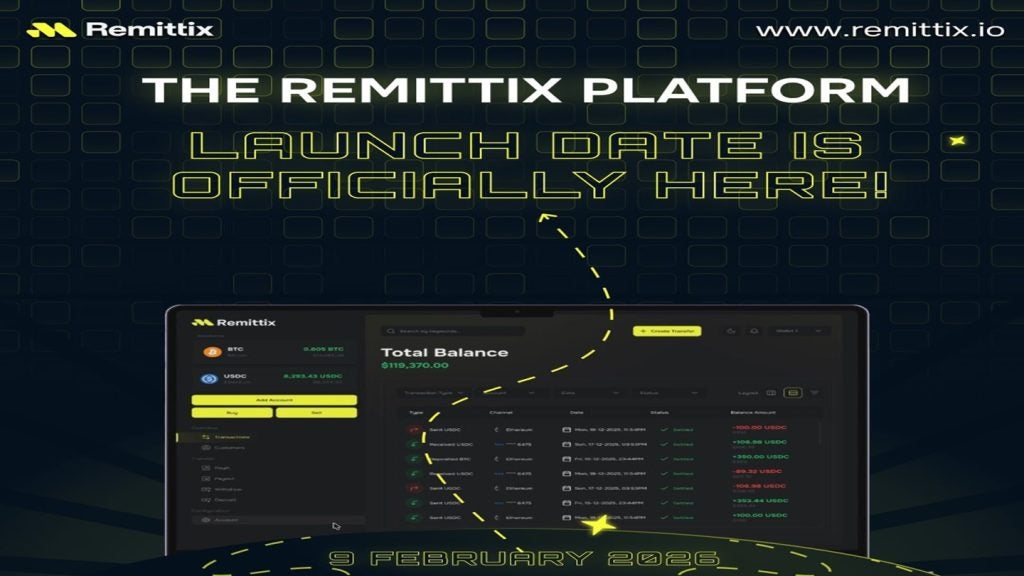Not long ago, payments followed a relatively straightforward model: one provider, one integration and, (despite multiple redirects) one route from checkout to completion. But as commerce has become more digital, more global and more fragmented, the simplicity of that model has broken down.
Merchants today must manage a growing mix of payment methods, regional providers, fraud solutions and value-added services.
At the same time, they are under pressure to optimise performance, reduce costs and expand into new markets. These demands are putting serious strain on payment technology stacks, just as customer expectations for speed and reliability are higher than ever.
In response, many businesses began turning to payment orchestration. Initially used to streamline connections between multiple providers, it has evolved into something far more strategic. Today, payment orchestration enables businesses to run their payment operations more effectively. It improves resilience, enhances adaptability and supports faster rollout of new functionality.
From specialist solution to platform thinking
The earliest adopters were in two camps. Some merchants were under great pressure to modernise, and others were naturally forward-thinking and focused on gaining competitive edge. In both cases, these merchants were digital-first, expanding across borders, and knew that their payment setup could not keep pace with their growth. Payment orchestration helped them simplify disconnected systems and take control of how payments were routed and managed. For many, it was a calculated risk that ultimately gave them a head start At its core, payment orchestration refers to an independent software layer that sits between merchants and their payment providers. Unlike gateways or aggregators of alternative payment methods, true orchestration is vendor-agnostic and connective rather than controlling. It enables agility while optimising payment flows and maintaining choice.
What matters most is what sits within that layer and what those features enable. Capabilities such as smart routing, tokenisation, checkout personalisation and redundancy management can be implemented without reengineering the entire stack. This model significantly reduces the burden on development teams and allows businesses to focus more on growth than maintenance.

US Tariffs are shifting - will you react or anticipate?
Don’t let policy changes catch you off guard. Stay proactive with real-time data and expert analysis.
By GlobalDataBuild versus buy, revisited
For some time, the discussion around payment orchestration has centred on merchant needs: how to scale efficiently, manage risk and improve reliability. Increasingly, however, orchestration is proving valuable to the payment providers themselves.
In the face of the demand for modernisation, many financial institutions are now asking the same question that merchants once did: build or buy? Some are investing in the modernisation of their acquiring platforms. Others are stepping back from infrastructure ownership and partnering with orchestration providers to bring more advanced features to their customers.
Several acquirers have begun looking for white-labelled orchestration technology. The aim is to help them unify siloed systems, route volume more precisely, or serve merchants in markets where they lack direct coverage. It can give them a competitive edge without having to overhaul their entire architecture.
This shift in thinking matters. Payment orchestration is no longer seen as a disruptive force. It is being recognised as a way to retain high-value merchant relationships while expanding capabilities in a more sustainable way.
Modular use and real-world applications
Another important shift is in how payments orchestration is being deployed. Full-stack transformation is no longer the only option. Many businesses are now taking a modular route, applying orchestration to solve focused challenges. Some implement routing logic only. Others begin with tokenisation or use orchestration for fallback and continuity.
This versatility allows for precise, high-impact improvements. A gateway might adopt orchestration to extend connectivity and routing. A travel platform may integrate it to create more reliable checkout experiences without disrupting their acquirer relationships. A financial institution could use it to bring consistency across legacy systems and regional operations. These are just a handful of very simple examples, but the potential permutations are vast.
In some verticals, payments orchestration is supporting even more advanced payment strategies. Gambling operators, for example, are using it across both pay-in and payout flows, layering in fraud prevention solutions, tokenisation and adaptive routing. In the digital goods and ticketing sectors, it is helping consolidate multiple brands under a single platform following mergers and acquisitions.
Tokenisation is now a common entry point. Several businesses begin by using orchestration to manage scheme-level token compliance or consolidate token management across providers. From there, they expand into broader orchestration use cases over time.
Why payment orchestration is no longer optional
As payment orchestration continues to evolve, its relevance now extends far beyond early adopters. It is becoming shared infrastructure that benefits both merchants and providers.
For many in the payment providers in the ecosystem, its role is becoming more obvious. It serves as a distribution layer that encourages collaboration rather than competition. As more merchants demand the level of control and flexibility that orchestration offers, providers need to meet that demand to retain and grow those merchant relationships. But they need to do it without rebuilding from scratch.
This is not about undermining incumbents or competing on price. Sustainable orchestration works by reinforcing the connection between merchant and payment provider. That principle has to be part of the orchestration model, especially as adoption increases among more traditional financial institutions and platform businesses.
What started as a workaround for disconnected systems is now becoming foundational. Payment orchestration has shifted from patchwork to platform, from tactical fix to core infrastructure. For those that adopted early, the gamble is paying off. And as global requirements grow and payment environments become harder to manage, payment orchestration is no longer a fringe innovation. It is becoming essential.
Tom Voaden is VP of Commercial at BR-DGE









